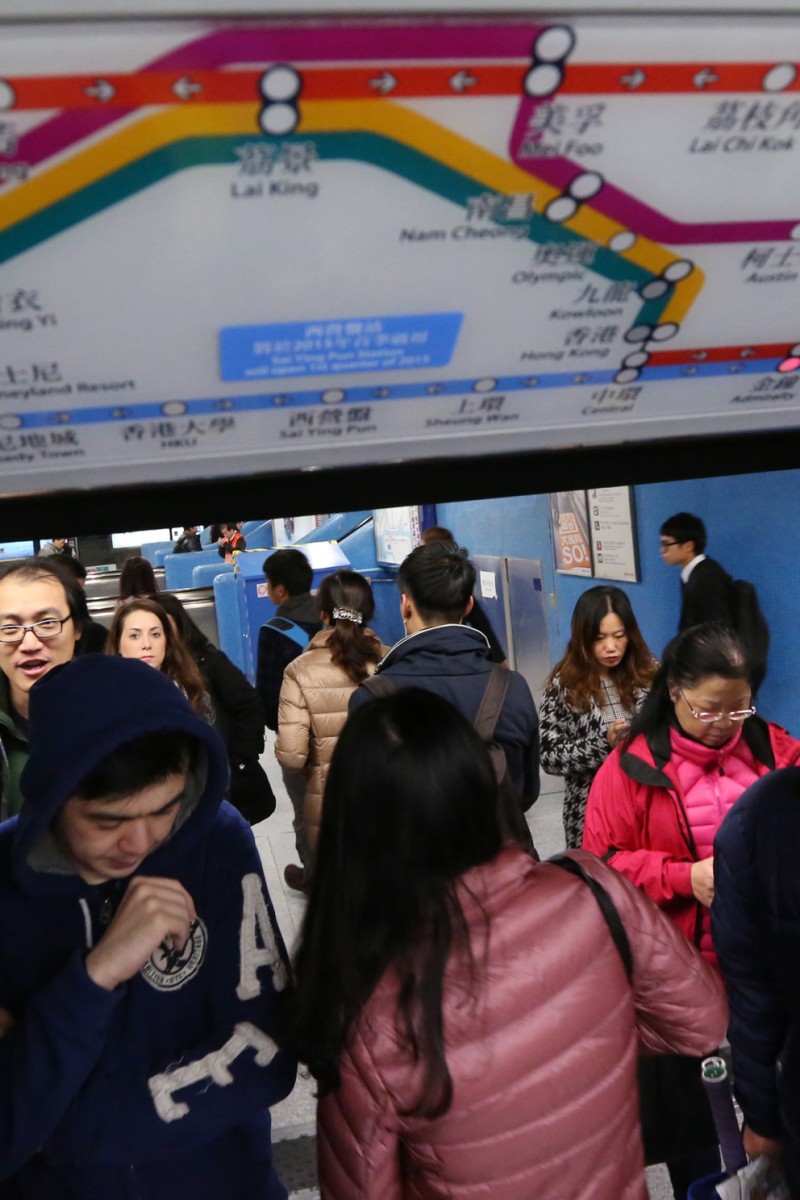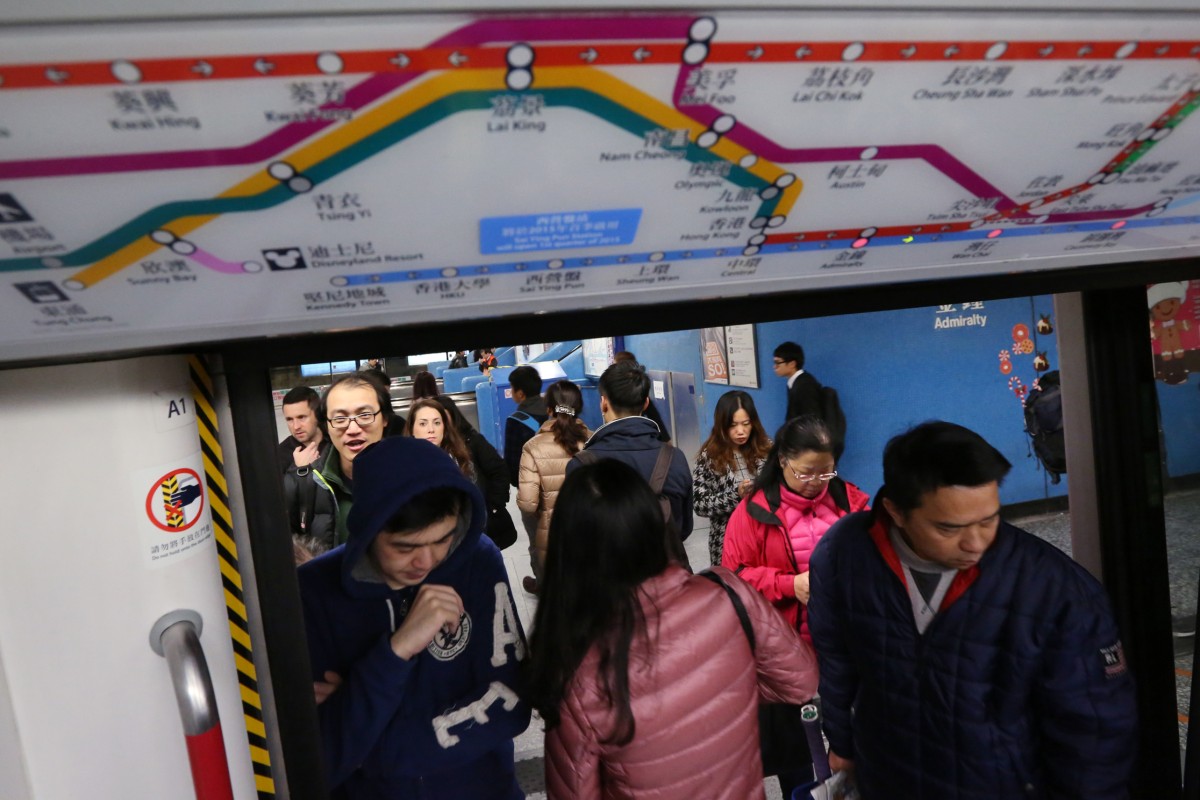
Discover & Innovate: Corporations take steps to ensure service quality
To improve the services they provide, companies are always trying new things - including educating their customers

When people talk about quality, many associate it with product quality, which is a huge concern worldwide. However, besides product quality, companies also monitor service quality.
You've probably heard this expression: "Please stand back from the doors." This is more than just a reminder to passengers on the MTR; it's also an example of service quality management.
This reminder can be explained by poka-yoke, a Japanese term for any process that helps operators eliminate product or service defects. In the service sector, errors can be caused by two sources: the server (MTR staff) and the customers (passengers, in this case).
Server errors are mistakes made by the service providers themselves. For example, train drivers driving at abnormal speeds, or station assistants acting poorly when dealing with passenger complaints. These errors can be eliminated by service providers, for instance, by offering relevant staff training.
However, service quality cannot be achieved without the contribution of customers. As they know little about operations, customers are prone to making errors. In the case of the MTR, some passengers, especially tourists, may not be familiar with its routes, so they may have difficulty in reaching their destinations.
Therefore, some corrective measures have to be taken to minimise these problems. For example, indicators in eye-catching areas of a station help direct passengers (customers) to the right platform or place. These include the MTR System Map, found in every station, which helps passengers who are "lost".
Errors may frequently occur on platforms, too. People in a hurry often rush towards the train, unaware of the closing doors. This could lead to people getting hurt, possibly delaying train services.
These incidents affect the quality of service, and could leave customers with a negative impression of the company. So there are announcements inside train compartments that can prevent chaos or accidents, especially during peak hours.
Big corporations are not the only ones that use quality management. Nowadays, some cafes give out devices that vibrate when your order is ready. In fact, operations management is all around us.
From now on, take a closer look at your surroundings. Maybe you will discover something new!